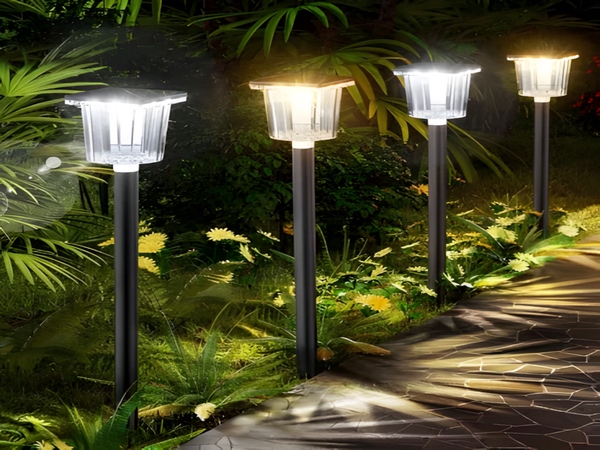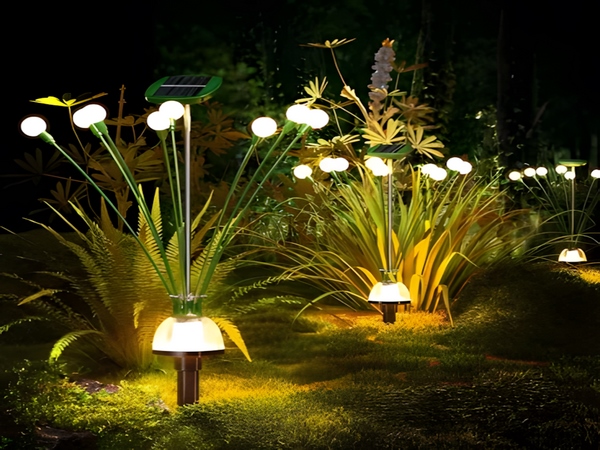
With the strong support of national policies and the continuous development of clean energy generation technology, solar photovoltaic power generation has become an important part of clean energy generation, known for its simplicity and cleanliness. However, during actual production, photovoltaic modules are affected by potential-induced degradation (PID), which has been confirmed through infrared imaging tests on photovoltaic power plants that have been operating for two years. This phenomenon directly affects the electrical performance of the modules, consequently impacting the power generation capacity of the power plants.

The main cause of PID is the ion discharge on the surface of photovoltaic modules, which leads to a voltage drop between the module and the grounded frame. This results in electrons from the semiconductor PN junction continuously escaping, causing a decline in power generation performance. The potential for PID increases with higher environmental temperatures and greater humidity, with significant potential damage. When PID occurs, the power generation capacity of photovoltaic modules can drop by more than 50%, severely damaging the lifespan of the modules and hindering the development of photovoltaic power generation.
In response to this phenomenon, technicians have conducted tests at a specific power station and performed comparative analyses within the same area across different systems. By utilizing testing and experimental methods, they have identified three main causes of PID in solar panels:
1. System design: The grounding system of the photovoltaic power station is implemented by grounding the frames at the edges of the array. This creates a potential difference between individual modules and the frame, with a higher potential leading to more severe PID. For P-type crystalline silicon modules, grounding the negative terminal of inverters with transformers can effectively prevent PID by eliminating the positive potential difference between the module frame and the solar cells, although it will increase the overall construction cost of the system.
2. Photovoltaic module characteristics: High temperatures and high humidity in the environment can lead to leakage currents between the cells and the grounded frame. The encapsulation materials, back panel, glass, and frame can form pathways for leakage current. Utilizing different types of ethylene-vinyl acetate (EVA) as insulating adhesive films can help improve resistance to PID. Additionally, the type of glass used in solar panels, primarily soda-lime glass, impacts PID, but its influence remains unclear.
3. Cell characteristics: The uniformity of the cell’s resistive properties, the thickness and refractive index of the anti-reflective coating, all variably influence PID performance.
Among the three aspects leading to PID, the potential difference between the solar panel frame and the module interior is widely recognized in the industry. However, the mechanisms causing PID within the components and cells are still unclear, resulting in ambiguous measures for further enhancing their resistance to PID.

Bitpott is a manufacturer bringing together the design, research and development, production, and sales of solar application products and solutions for outdoor lighting. Our main products include solar panels, solar street lights, solar courtyard lights, solar lawn lights, and solar power generation systems.
For inquiries regarding solar panels or the prices of solar street lights, please contact our online customer service or reach out through the provided contact number.



